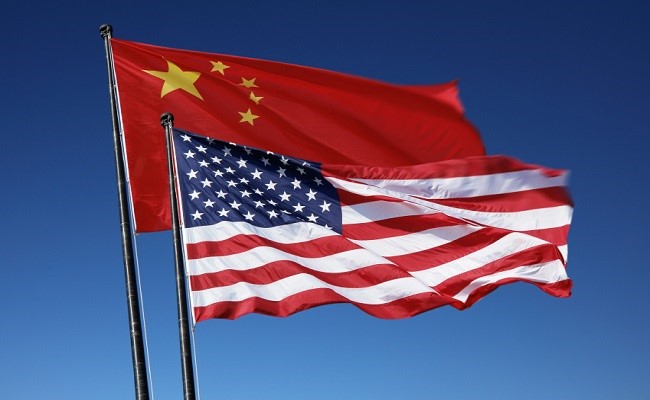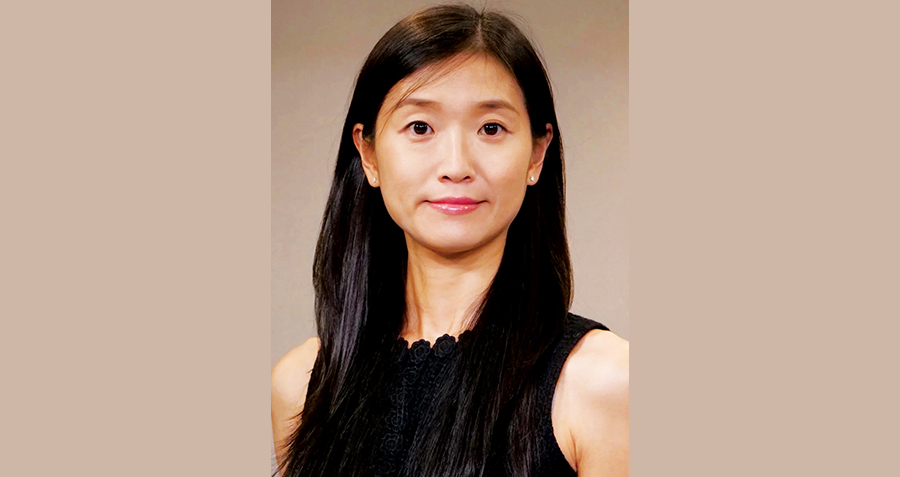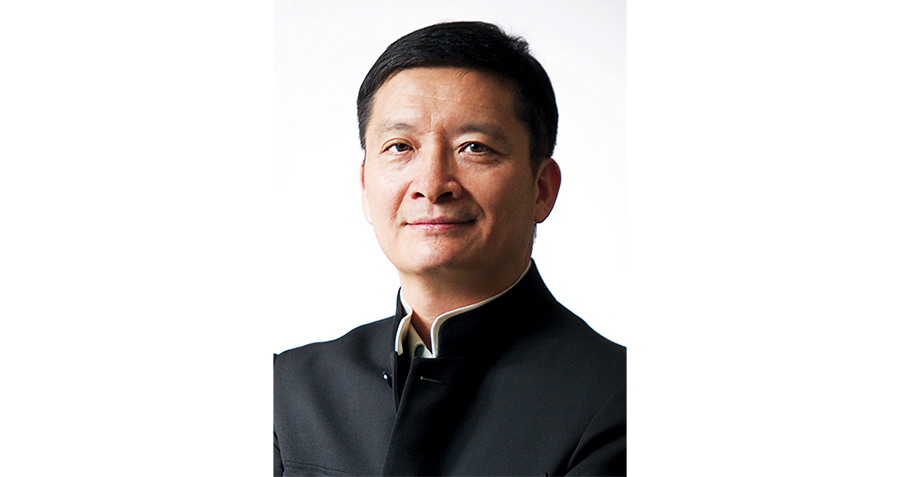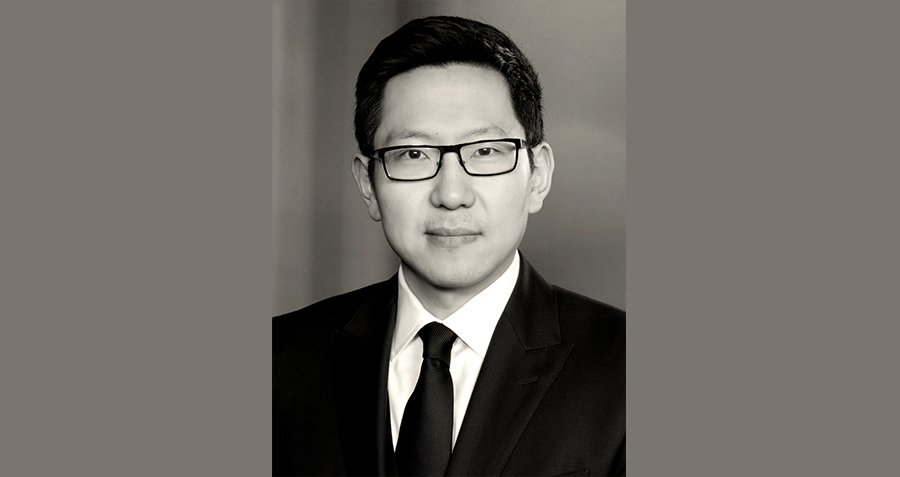Stephen Roach, former Chairman of Morgan Stanley Asia, believes that the US and China’s codependency will lead to further imbalances in the global economy.
In June last year, an unlikely set of visitors descended upon a private estate at the edge of California’s Mojave Desert. Over the next two days, the leaders of the two largest economies in the world—US President Barack Obama and Chinese President Xi Jinping—ditched their formal coats and ties, for business casuals. And in an informal environment at the golf course, they discussed everything ranging from cybersecurity and climate change, to economic competition.
China wants broader economic, political and military co-operation with the US, “a new type of major-power relationship”, Chinese President Xi proclaimed during the meet.
But creating a ‘major-power relationship’ is no cakewalk. Trade disputes, scrutiny over Chinese investment in the US and cybersecurity conflicts have continued unabated since the meeting. Complicating things further is China’s transition from an export-led economy to a consumption-driven one. As a result, the once cozy equation, where “Made in China” went hand in hand with American consumerism, will have to change as well.
Stephen Roach, Senior Fellow at Yale’s Jackson Institute of Global Affairs and former Chairman of Morgan Stanley Asia believes that this change is necessary, as the way China and the US rely on each other is no longer healthy for either party. Roach’s latest book—Unbalanced: The Codependency of America and China—explores this theme. The US, says Roach, paid its price for its overreliance on China’s cheap goods and capital in the financial crisis of 2008, and China’s economy could also be in danger if it continues with the old growth model.
Read on to understand why:

Q. You suggest that the US and China have been in an unhealthy codependent relationship. Where are you coming from and what are the issues at work here?
A. Both economies have relied heavily on one another, as two codependent partners in a relationship would be expected to do. It started innocently in the late 70s and early 80s. Both economies were pretty needy. China post-Cultural Revolution needed a new source of growth in the external demand, and the American consumer provided that. The US in the midst of a difficult stagflation needed cheap goods and cheap capital, and China provided that. But over time this dependence led to unbalanced conditions in both economies. Too much saving, current account surplus, unbalanced macro structure, environmental degradation, pollution in China… all can be traced to an export-led manufacturing-driven production model that just went too far, courtesy of the American consumer.
In the US, (it was) the opposite. Savings deficits, current account deficits, excess consumption, reliance on asset bubbles and large fiscal deficits…. In many cases, much of that can also be traced to the support from the surplus Chinese saver. So as the case for a codependent relationship, you need to become healthier. And I wrote the book with that therapeutic diagnosis in mind and offering a remedy, a cure, of rebalancing for both economies as the way out of this unhealthy codependency.
Q. Why are these issues so important and why now? What’s at stake here?
A. We’ve had huge gyrations in the global economy. The financial crisis of 2008-09, in my opinion, triggered by the United States, taking its imbalances in part attributable to the unhealthy codependence on China, to an excess. And so the US is already going through a wrenching adjustment to reflect the current unsustainable state of imbalances in its economy. And that dependence on China played an important role in pushing the US too far. China can go down the same route. If China does not change its economic model, it too will be prone to the same type of crisis that America went through.
And the good news is that China has woken up to that. It has embarked on a very tough period of structural change and transformation, shifting from a producer model that has been very successful to a consumer model. That shift is hugely important and very much the focal point of the leadership in Beijing right now.
Q. It’s very clear that China has already started making some changes. What about the US? What does the US need to do more of? Have they started to make some progress already?
A. No, we haven’t. China is tweaking its model but we haven’t tweaked ours at all. We said, “We’d like to just keep doing the same thing, thank you.” We have adopted quantitative easing, for example, by the central bank. How does that work? It injects liquidity into financial assets and stimulates the stock market. The idea the Fed has is that consumers will spend their wealth created in the stock market. It is an excess consumption model again. But it’s really far more sinister than that, because the wealth effect only works for wealthy people. That’s why it’s called the wealth effect. Very few Americans actually own stocks. So the design of that policy is really aimed at providing increases in living standards at the very top of the income distribution. We have a horrific income inequality problem in America. It’s really a sad state of affairs. We need to stimulate saving.
President Obama to his credit in the State of the Union address did announce a new savings program for low and middle-income individuals, but we need to do much more than that. The sooner America wakes up to the longer-term imperatives of boosting its savings rate, the better off we will be as a nation.
(Watch the video below)
Q. You believe that China’s going to wind down endlessly buying US securities, but this January, it added $3.5 billion. Why is that?
A. These changes don’t occur in any given month. I think over time you will see that one of the most important features of what I call the “next China” is that it will move from a position of a surplus saver to a nation that begins to absorb its saving rather than lend its saving to support the American people. It will put its saving to work and providing support for the welfare of the Chinese people through social security, healthcare and other types of welfare programs. It is China beginning this process and to transform its savings behavior. Its current account surpluses will come down. Its rate of foreign exchange reserve accumulation will slow. Its demands for dollar-denominated assets and treasuries will slow. It didn’t happen in January but I guarantee you that over the next three to five years, you’ll see a dramatic reduction of the natural buying of US securities by the official foreign exchange managers in China.
Q. You’ve been talking about the need for the US to move away from excess consumption towards more savings and investment in people, infrastructure and capacity. Are you suggesting that the US and China should swap roles?
A. Switch places, that’s always a dangerous thing in any marriage. But I do think that the US has lived beyond its means as its means are defined by the income-generating capacity of the US labor market. We’ve done that for too long and we have squandered our saving which is our ability to invest, grow and consume for the future. So we do need to save more as a nation and our savings rate is the lowest any leading nation has had in modern economic history. So, lacking in saving and wanting to grow, we borrow surplus savings freely from abroad, from places like China, Germany and Japan. Those days are coming to an end. China is putting its savings to work in supporting its economy, not our economy. America has ignored its infrastructure, investing in human capital and the manufacturing capacity. It ignored its competitiveness. We’ve been slipping steadily in the global competitiveness surveys conducted by the World Economic Forum for each of the last seven years. The only way we’re going to prosper is to figure out a way to grow apart from spending beyond our means and saving and investing are an essential part of that. The sooner we do that the better.
Q. You said that the marriage of China and the US is of convenience, not love. In your opinion, is it possible for them to love each other with the new model?
A. It’s hard to say. Certainly with the situation in Russia, there looks to be a little bit more love in the eyes of president Obama and Xi Jinping when they saw each other recently in Europe at this nuclear summit. Love is probably a stretch for these two leading nations. They have so much in common though. There’s a lot that they can gain from each other in treating the relationship as an opportunity as opposed to a threat. I’ve been myself discouraged from time to time as I appear in front of the US congress testifying on a variety of issues and find that the political sentiment in the US is overwhelmingly predisposed to view China as a threat.
That’s not to say that China doesn’t push the envelope sometimes in the rules of engagement in global commerce and behaviors acceptable in the global economy. And China should be held accountable for that, whether it’s matters of intellectual property rights, trade practices, human rights and other issues that nations or its partners may feel strongly about. But China has also been coming from a difficult place historically in terms of the way it perceives that it has been treated by the West, the state of its economy, the level of impoverishment. In the short span of 30 years, it has done something that no developing countries had ever done in terms of lifting its per capita income. Now China is at a critical juncture, a juncture that many developing economies are unable to move through. This is the middle-income area that often proved very challenging for poor countries to go through. China’s determined to do it and if it does do it, and I’m confident that it will, that’s an opportunity for us (the US) to participate in as opposed to feel threatened by [it].
Q. What are the ripple effects of this codependency for the rest of the world?
A. Codependency is a construct that applies to others as well. The world has gotten used to a China growing at 10%, focused on exports and investment, and not paying much attention to its own consumers. The world needs to get used to a different China. If it doesn’t, it is in trouble. The resource economies, for example, Australia, New Zealand, Brazil, Canada and even Africa, believe that China is going to stay on this manufacturing-led hyper-growth path. I think they’re going to be in for a rude awakening that China’s already shifting to a much more services-led growth model, which is much less reliant on natural resources and energy. And fortunately, it is a model that is more constructed for the sustainability, the environment and the planet.
Q. A recent New York Times article says that you are walking between the lines of explaining China and excusing China. How do you react to a statement like that?
A. I don’t have a real motive here in trying to provide excuses and to be a ‘source’ of cheerleader or a source of support. I’m trying to be realistic in assessing the problems. China, like any major economy in the world, has a very complex set of problems that it must address, especially as it now changes the model. What I try to do with my work whether it’s the book or articles I write, is provide an objective assessment of the magnitude of the problems and set them in the context of the broader issues that will shape the Chinese economy.
I am optimistic on China and I have been optimistic on China really since the Asian financial crisis. China has had some bumps in the road along the way, but generally has far outperformed what doomsayers are saying. I think that’s a reasonable bet for the future although I don’t underestimate the challenges that China faces as it now navigates this challenging transition.

















